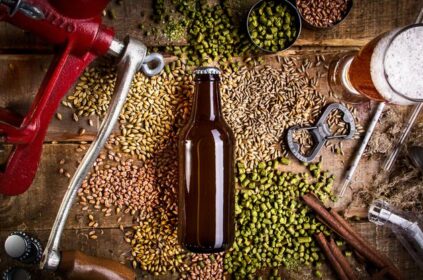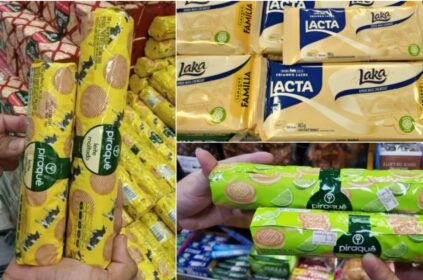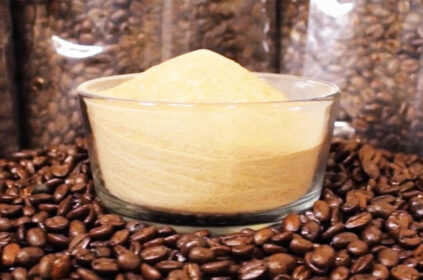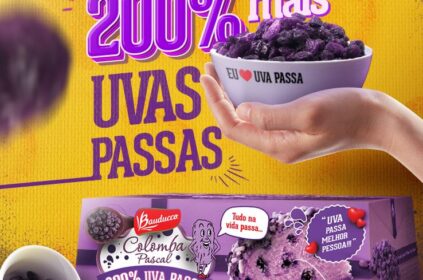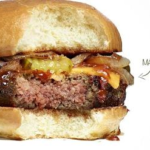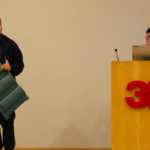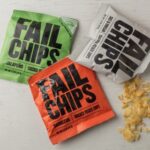Multisensory experience: how this trend has come to tap to consumers interest and change their relationship with food. See here at Eat Innovation.
Do you remember the advertisement of how many products you saw recently? Can’t you remember it? It is normal, we retain very little of everything we see. With the excess of information and stimulus we receive the situation worsens. To learn more about the subject, I recommend a book that I love and that I have not yet done a review on: Buy.ology, by Martin Lindstrom.

The information we absorb comes mostly from our vision, but the other senses are very important and promote lasting memories. Vision can also trigger other sensory impressions: when we look at an apple, we imagine its fruity flavor, the crunchy texture. Our brain builds neural networks. If a brand activates all five senses, the effects are much greater than the sum of each. Fragments of sensory information are enough to create a complete impression that comes from our own mind, which is what makes a wine look tastier on vacation than at home, for example.
Our brain builds neural networks. If a brand activates all five senses, the effects are much greater than the sum of each. Fragments of sensory information are enough to create a complete impression that comes from our own mind, which is what makes a wine look tastier on vacation than at home, for example.

Beer brand Stella Artois offered customers in Toronto, Canada, the Stella Artois Sensorium experience. Inspiration began with the brand’s iconic glass, designed to enhance consumers’ senses while sipping their drinks. Each dish was, of course, accompanied by beer.

Stella Artois Sensorium
The Scottish Innis & Gunn, another beer brand, has launched the ‘Immersive & Gunn’ campaign with virtual reality videos (we are talking about the use of virtual reality in food in this post here) to enhance the taste experience on a journey through the Scottish forests with sounds associated with the refreshing taste of beer.
The multisensory experience does not have to be expensive! The British water brand Harrogate bets on low cost techniques such as the design of its packaging with an emphasis on differentiated textures, shapes and colors of the labels.

Harrogate water
Mars ice cream ensures that consumers will feel chocolate and caramel aroma through aromatic microcapsules inserted into the product. It may seem too subtle, but even the sound of a packet of chips when opened unleashes a series of memories in your brain.

Mars
Think about the brands you love and those you hate or think about in your own brand if you have one:
What unique and rewarding feelings do your brand inspire? What types of sensory impressions do you want to create? How do you use the sensory (already) stored impressions of your users to activate other senses? How do you incorporate this learning into your brand and product?
How to complement consumer experience and make your brand unforgettable?
References: TrendHunter, Brand Quarterly, PR Newswire, Pop Up Cook Space, Event Marketer, Food Manufacture, Vix, Cantinho da Viagem, Café das Cinco, Mirror


